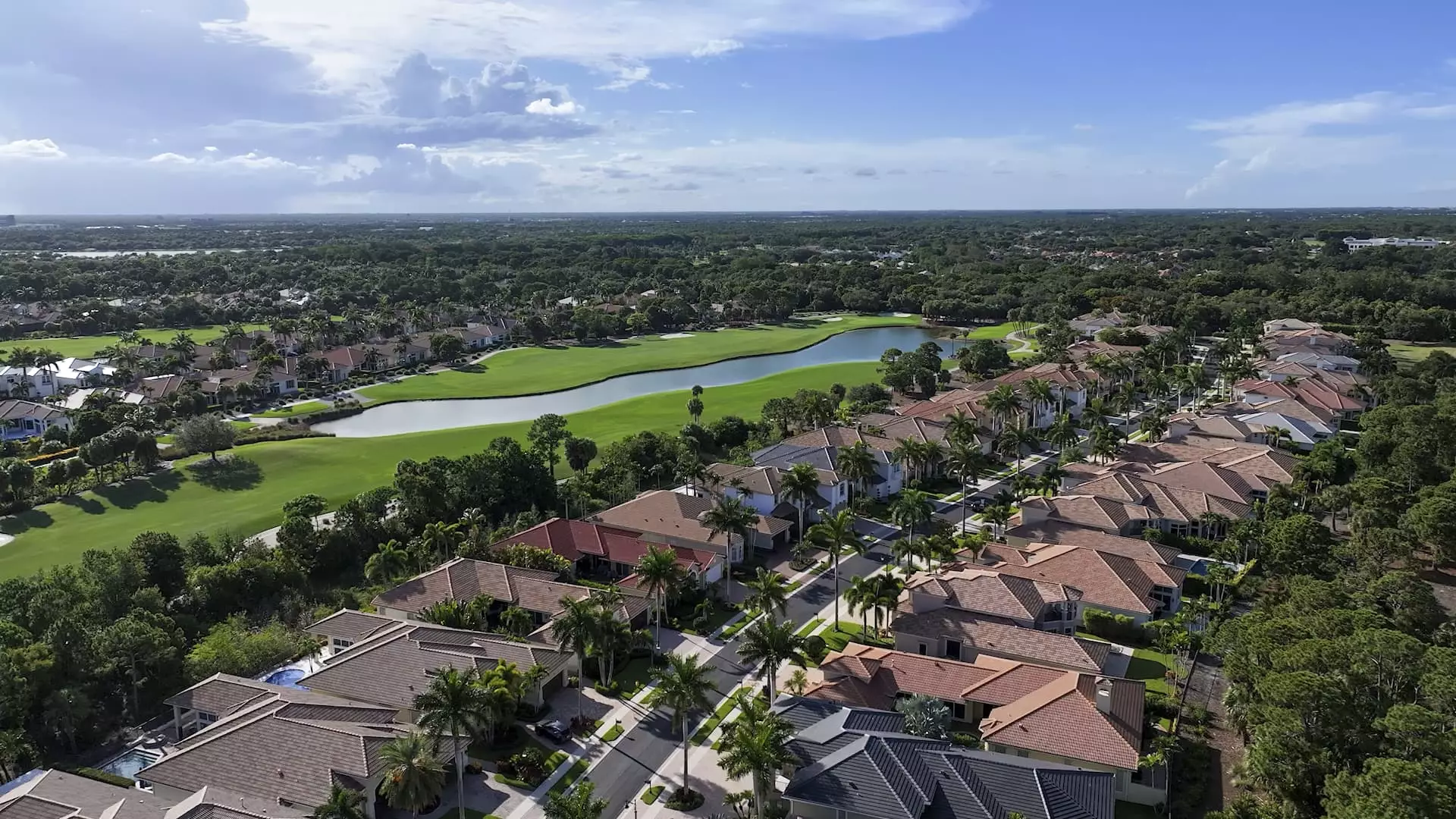Gated neighborhoods in America have long been perceived as sanctuaries of safety, exclusivity, and luxury. With their meticulously maintained amenities, lush landscapes, and controlled access points, they serve as a testament to the desire for comfort and prestige. While traditional narratives paint them as havens for retirees or the ultra-rich, the reality reveals a more complex picture. Today, these enclaves attract a diverse demographic—from young professionals seeking a lifestyle upgrade to families valuing privacy. Yet, beneath the veneer of sophistication lies a subtle critique: are these communities fostering genuine community bonds or merely perpetuating social division?
The Economics of Exclusivity: Pricing and Maintenance
One cannot ignore the significant financial implications associated with gated living. Homes within these communities command a premium—often 5% to 20% above comparable properties outside the gates. This additional cost isn’t solely for the physical security but encapsulates access to top-tier amenities, well-manicured landscapes, and a carefully curated social environment. Homeowners Associations (HOAs) enforce strict regulations, ensuring the community’s aesthetic and functional standards are maintained. However, these rules come with recurring expenses—monthly or quarterly HOA fees, membership dues for club facilities, and upkeep costs—that can stretch the budgets of residents who might have initially viewed gated living as a luxury within reach.
The Illusion of Security and the Real Barrier
Although security remains a core appeal, its significance varies across different American enclaves. Unlike countries with high violent crime rates, U.S. residents often view gating as more about controlling access rather than outright safety. Some gates are unstaffed or automated, reducing operational costs while giving residents a sense of control. Yet, this sense of security is often more psychological than practical. The gate becomes a symbol of status and privacy, rather than an impenetrable barrier to danger. In reality, many residents are insulated from broader community issues, leading to social isolation and a diminished sense of collective responsibility.
The Social Cost of Privilege
While property appreciation in gated communities can be lucrative for homeowners, it also accentuates socioeconomic divides. These enclaves tend to be insular, creating physical and social barriers between residents and the surrounding community. This exclusivity can perpetuate inequalities, fostering environments disconnected from the socio-economic realities faced by many Americans. In essence, gated communities may serve as modern fortresses of privilege, offering comfort at the expense of inclusivity and social cohesion. The question arises: does the pursuit of luxury and safety justify the societal division they often exacerbate? Or are these communities simply reinforcing the very inequalities they aim to escape? The debate continues, but beneath the surface, the conversation about accessibility, social responsibility, and true security remains unresolved.

